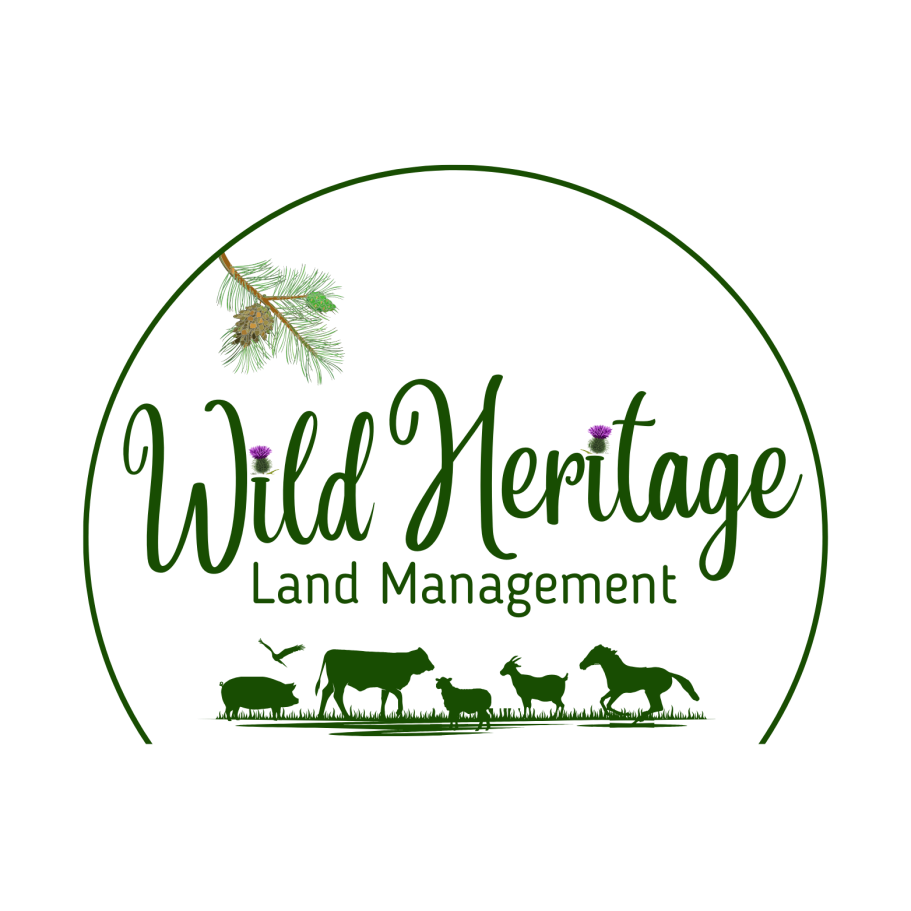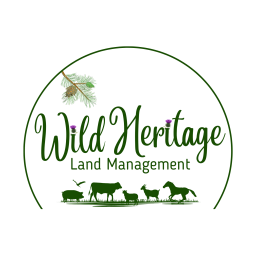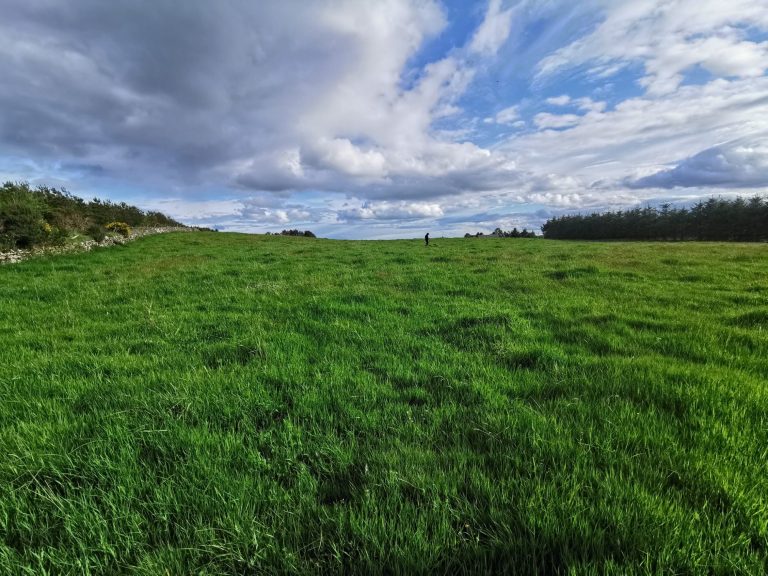
Equine Pasture Management
It doesn't have to be a slog!
We offer expert land management solutions tailored to the needs of horses, and their owners. Our approach prioritises equine welfare by promoting natural, low-impact systems that enhance both the health of the land and the well-being of the animals.
Specialising in unsurfaced track systems, our services are guided by the principles of:
Friends – Creating environments that encourage natural herd behaviours and companionship.
Forage – Supporting horses’ digestive health through diverse, natural grazing opportunities.
Freedom – Designing spaces that allow and encourage movement and exploration to improve physical and mental well-being.
Designed to mimic a horse’s natural environment, our track systems promote healthier, more resilient ponies—particularly beneficial for native breeds, those with EMS or prone to laminitis.
By improving land use efficiency, these systems reduce the need for stabling in winter, time-consuming strip grazing, minimise reliance on expensive fertilisers, and support a more natural, low-input approach to horse care.
Whether you’re establishing a new equine property or enhancing an existing setup, we can help design and implement systems that work harmoniously with the land and your horses’ needs.



Benefits of Equine Track Systems
It's not the traditional way to keep horses.. so why do it?
Equine Health
🐎 Encourages Natural Movement – Horses are designed to roam. A track system keeps them moving, which improves circulation, digestion, and hoof health while reducing stiffness and obesity.
🌿 Supports Mental Well-being – Constant movement, social interaction, and varied terrain reduce boredom and stress, leading to fewer behavioral issues like cribbing or weaving.
🦷 Healthier Grazing Habits – Instead of standing in one spot overgrazing, horses forage more naturally, mimicking wild behaviours and promoting healthier digestion.
🐾 Improved Hoof Health – Walking on varied terrain (gravel, sand, grass, etc.) naturally conditions hooves.
💨 Reduced Risk of Metabolic Issues – More movement and controlled grazing can help prevent laminitis, insulin resistance, and obesity in good-doers.
🌍 More Natural Socialisation – Horses interact as they would in the wild, strengthening herd dynamics and reducing anxiety from isolation.
Ecological Health
🌱 Improved Soil Health – Prevents overgrazing and compaction, allowing soil to recover and retain nutrients. Regenerative grazing supports microbial life and healthier pastures.
🦋 Increased Biodiversity – Creates wildlife corridors, attracting birds, pollinators, and beneficial insects. Supports diverse plant life by reducing overgrazing pressure.
🌿 Healthier Pastures & Vegetation – Protects sensitive areas like waterways from damage and erosion. Encourages the growth of deep-rooted native plants, strengthening the ecosystem.
💧 Water Conservation & Quality – Reduces runoff and soil erosion, keeping streams and ponds clean. Natural filtration helps prevent contamination from excess nutrients.
🌍 Carbon Sequestration & Climate Benefits – Healthy soil and diverse plant life capture carbon, helping fight climate change. Reduces the need for fossil fuel-powered machinery.
Owner Benefits
⏳ Less Maintenance & More Time Enjoying Horses – With natural movement and conditioning, there’s less need for mucking out stables!
🌱 Healthier Pastures, Less Mud – No more trashed paddocks! Rotational grazing and track use protect pasture from overgrazing and muddy messes in wet seasons.
💰 Cost Savings – Less spent on vet bills from lack of movement induced conditions, and land repairs. A healthier system means less reliance on expensive interventions.
🏇 More Engaging for Riding & Training – The track provides natural obstacles and terrain that improve a horse’s fitness, balance, and surefootedness.
💚 Peace of Mind – Knowing your horses are happier, healthier, and living more naturally makes ownership even more rewarding.
🌺 Enjoy your land again - Being able to utilise the track middles for creating wildflower meadows, or standing hay fields for the winter, means you can watch the bees, butterflies and birds thrive.
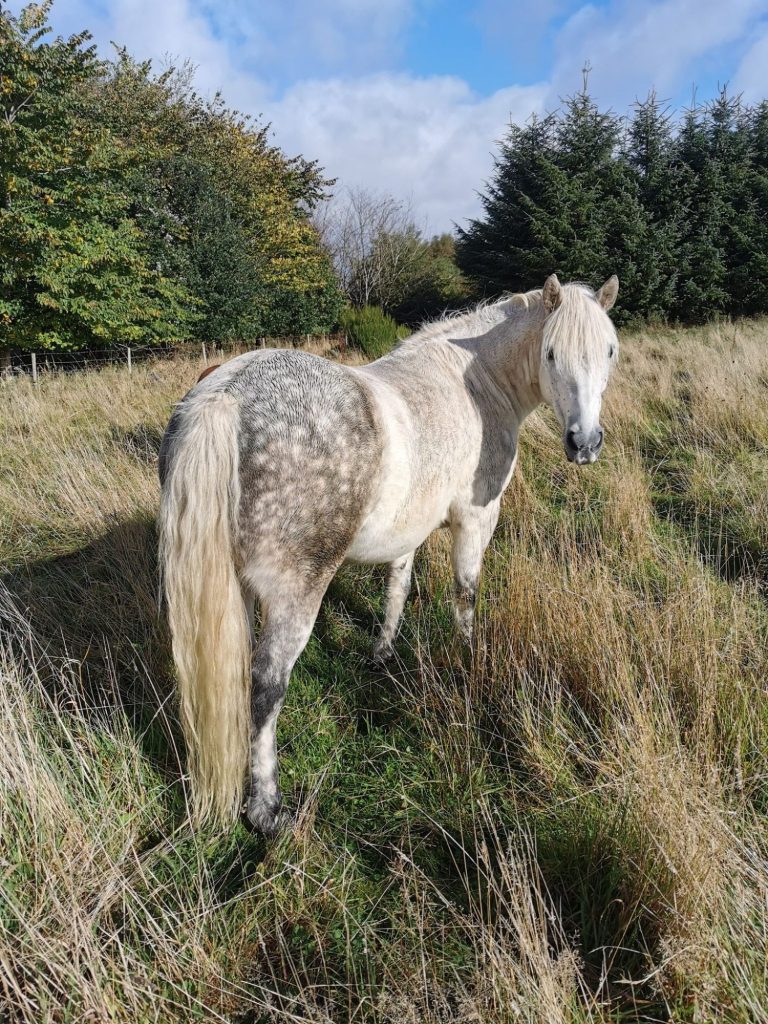
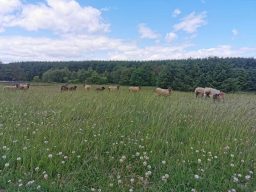


Conservation Grazing
Restoring heritage.
Harnessing the power of native animals to manage land naturally. Whether it’s:
- Sheep controlling invasive species
- Goats managing overgrown hedgerows, or
- Cattle enhancing soil quality and boosting biodiversity
We create tailored grazing strategies that promote healthier, more sustainable landscapes.
🌱 Restores Natural Landscapes – Grazing animals help control invasive species, allowing wildflowers and native plants to thrive.
🦋 Boosts Biodiversity – Supports pollinators, birds, and small mammals by creating varied habitats with open grassland and sheltered areas.
🌍 Reduces Carbon Footprint – Well-managed grazing stores carbon in healthy soils and reduces the need for machinery or chemical intervention.
🌾 Prevents Overgrowth & Wildfires – Grazing keeps grasses and scrub in check, reducing fuel for wildfires while maintaining open ecosystems.
💧 Improves Water Retention & Quality – Healthy, well-vegetated soils absorb more rainwater, reducing flooding and preventing water pollution from runoff.
🐑 Healthier, Happier Livestock – Grazing in a diverse, natural environment improves animal health, encourages movement, and provides a varied diet.
💰 Lower Feed & Land Management Costs – Using livestock to manage land naturally reduces reliance on machinery, fertilisers, and manual labour.
♻️ Creates Sustainable, Low-Impact Farming – Conservation grazing mimics natural herbivore movement, leading to a self-sustaining ecosystem with minimal human intervention.
We need your consent to load the translations
We use a third-party service to translate the website content that may collect data about your activity. Please review the details in the privacy policy and accept the service to view the translations.
